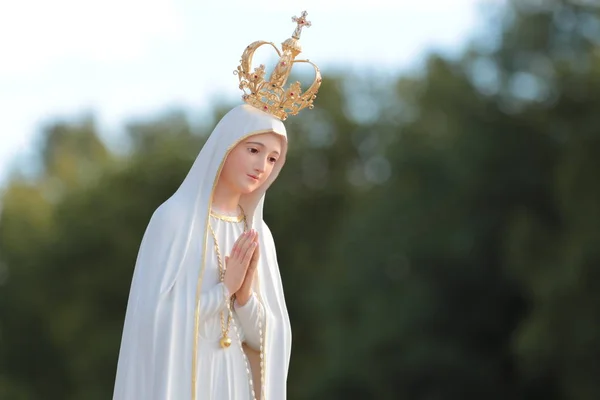As World War II raged around him in Poland, St. Maximilian Kolbe fought for souls using a printing press and another “weapon” — the Miraculous Medal.
“Even though a person be the worst sort, if only he agrees to wear the medal, give it to him … and then pray for him, and at the proper moment strive to bring him closer to his Immaculate Mother, so that he have recourse to her in all difficulties and temptations,” Kolbe said of the Miraculous Medal.
“This is truly our heavenly weapon,” the saint said, describing the medal as “a bullet with which a faithful soldier hits the enemy, i.e. evil, and thus rescues souls.”
The Miraculous Medal is a sacramental inspired by the Marian apparition to St. Catherine Labouré in Paris in 1830. The Virgin Mary appeared to Labouré as the Immaculate Conception standing on a globe with light streaming from her hands and crushing a serpent under her foot.
“A voice said to me, ‘Have a medal struck after this model. All who wear it will receive great graces, especially if they wear it around the neck,’” Labouré said.
As a Franciscan seminarian studying in Rome in 1917, Kolbe was moved by the story of the role the Miraculous Medal played in the conversion of Alphonse Ratisbonne.
Ratisbonne was a French Freemason and an atheist of Jewish descent who received the grace of conversion while wearing a Miraculous Medal given to him by one of his Catholic friends in Rome. The Virgin Mary appeared to Ratisbonne on Jan. 20, 1842, in a side chapel in the Church of Sant’Andrea delle Fratte in Rome.
St. Maximilian Kolbe chose to celebrate his first Mass on April 29, 1918, in the side chapel in Sant’Andrea delle Fratte, where the Virgin Mary appeared to Ratisbonne.
Ratisbonne went on to be ordained a Jesuit priest and eventually left the order to move to Jerusalem in 1855 to found a convent for sisters in the Congregation of Our Lady of Sion, a congregation founded to “to witness in the Church and in the world that God continues to be faithful in his love for the Jewish people.”






Leave a Reply